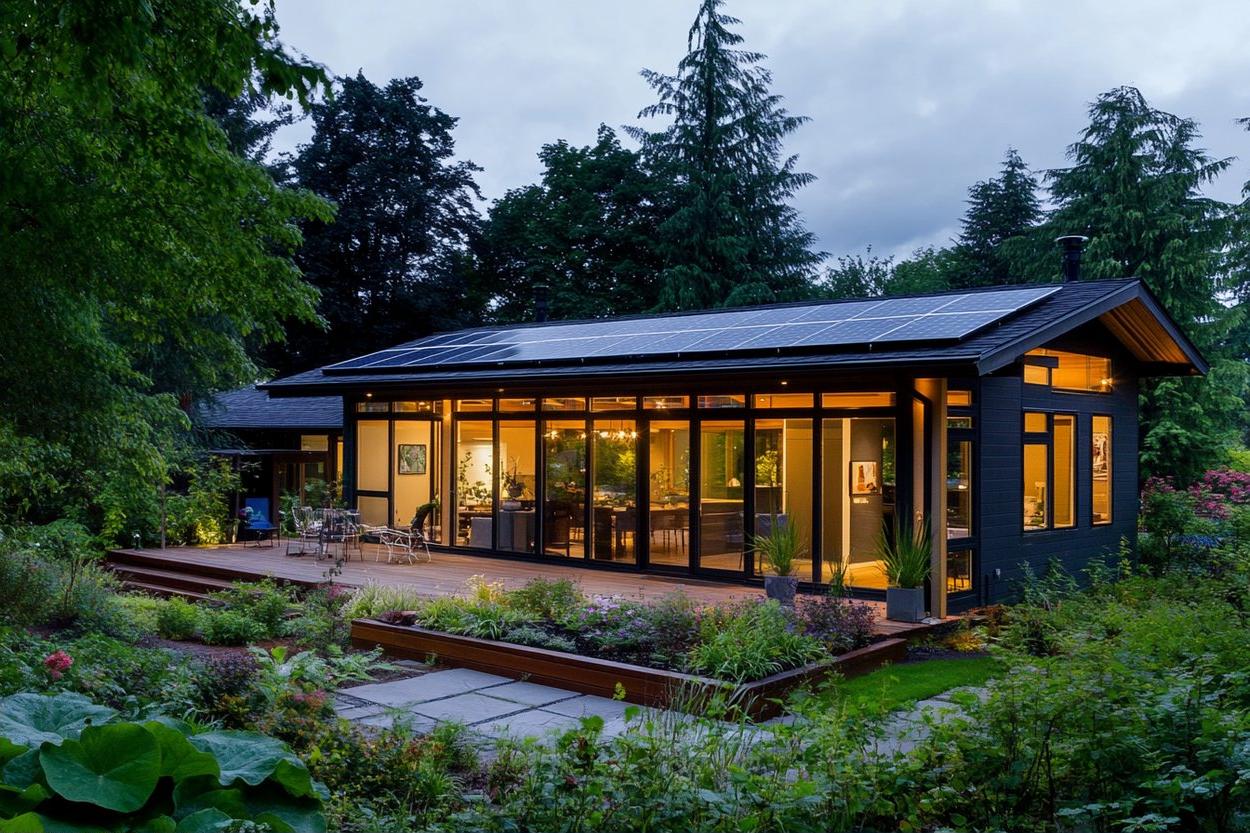Solar Lights: Smart, Sustainable Outdoor Lighting Solutions
Solar lights are an increasingly popular way to bring eco-friendly illumination to outdoor spaces without the need for wiring or grid electricity. By converting sunlight into stored energy during the day and powering LED lights at night, solar lighting offers flexible placement for gardens, pathways, and yard accents. This article explains how solar systems work, what to consider when choosing LED lights, practical outdoor lighting strategies, garden placement tips, and how to light pathways safely and attractively.

How do solar lights work?
Solar lights use a photovoltaic (PV) cell to convert sunlight into electricity, which is stored in an onboard battery or small energy storage unit. A charge controller regulates the flow to prevent overcharging, and a light sensor typically triggers the system to turn on at dusk. Modern solar lights pair the PV cell with efficient LED lights to provide several hours of illumination after sunset, depending on battery capacity and available sunlight.
Maintenance is minimal compared with wired fixtures, but performance depends on clean panels, proper tilt and orientation toward the sun, and occasional battery replacement. For reliable results, look for solar lights with sealed housings and replaceable batteries, and consider local services or installers in your area if you prefer professional siting and setup.
Choosing LED lights for efficiency
LED lights are the most common companion to solar technology because they produce bright light using far less energy than incandescent or halogen bulbs. When evaluating solar lights, check the LED’s lumen output and color temperature to match the effect you want—warmer tones feel cozy in a garden, while cooler whites can be useful for task or security lighting.
Also consider sensor options: motion sensors save energy when full-time illumination isn’t needed, while dusk-to-dawn sensors provide continuous low-light levels. Look at product specifications for expected nightly run time and battery chemistry (lithium-ion tends to last longer than older NiMH types), and compare lumen ratings rather than just wattage to assess brightness accurately.
Outdoor lighting strategies for yards
Good outdoor lighting combines function with aesthetics. For yard-wide coverage, mix general area lights, accent fixtures, and focused task or security lighting. Solar lights work well for accenting trees, highlighting architectural features, or creating soft wash lighting on patios without trenching or conduit.
Staggering fixture heights and layering illumination helps avoid flat, one-dimensional lighting. Pay attention to angles and glare—orient fixtures to avoid shining into neighbors’ windows and use shields or directional heads for focused beams. When planning larger installations, consult local services to ensure compliance with any neighborhood guidelines and to optimize placement for maximum solar exposure.
Garden placement and design tips
In garden beds, low-profile solar stake lights and spot fixtures can add depth and highlight plant textures after dark. Space pathway and bed lights to create rhythm—closer spacing gives more continuous light, while wider spacing creates pools of illumination interspersed with shadow for a dramatic effect. Use warm-color LEDs around seating areas to create a welcoming ambience.
Consider seasonal changes: deciduous trees can cast heavier shade in summer, while winter sun is lower and may reach panels better. Place solar panels where they receive direct sun for most of the day, avoiding areas shaded by fences, shrubs, or buildings. Removable or adjustable mounts let you fine-tune panel angle through the year for better performance.
Lighting pathways safely and attractively
Pathway lighting should prioritize safety while contributing to curb appeal. Low-level solar bollards, step lights, or stake fixtures reduce tripping hazards by defining edges without producing glare. Use fixtures with diffusers or downward-facing heads to light walking surfaces clearly without lighting the sky.
For even light distribution, aim for overlapping beams and consistent lumen output across fixtures. Where additional brightness is needed—near steps or driveways—choose higher-output LED lights or add a motion-activated unit. Keep in mind that soil-mounted lights should be secured firmly and selected for durability if they’ll be exposed to foot traffic, lawn equipment, or seasonal weather conditions.
Installation, maintenance, and longevity
Installing solar lights is generally straightforward: secure the fixture, orient the solar panel toward sunlight, and allow batteries to charge fully before first use. Routine maintenance includes wiping panels free of dust, leaves, or snow, checking seals for moisture ingress, and replacing rechargeable batteries when runtime drops noticeably.
Expected lifespan varies by component: LEDs can last many years, while batteries and electronics will usually require replacement sooner. Replacing rechargeable cells in fixtures rather than discarding the whole unit is often more sustainable and cost-effective. If you have a complex layout or limited sun exposure, consult local services for site assessment and product recommendations to maximize longevity.
Conclusion
Solar lights provide a flexible, low-impact option for enhancing outdoor lighting in gardens, along pathways, and across yards. By pairing efficient LED lights with properly sited solar panels and considering sensors, lumen ratings, and battery types, you can achieve attractive, functional illumination without new wiring. Thoughtful placement and basic maintenance help ensure reliable nightly performance and extend the useful life of solar fixtures.






